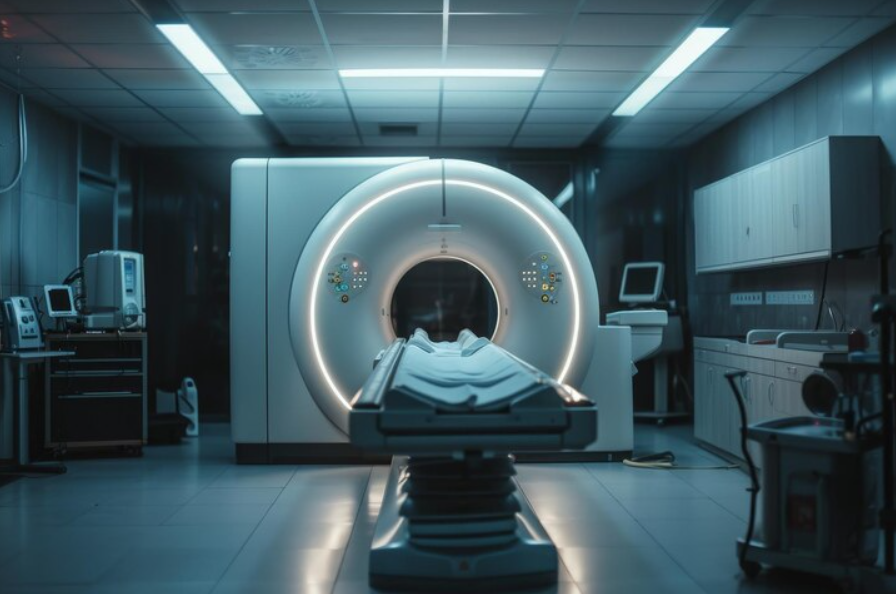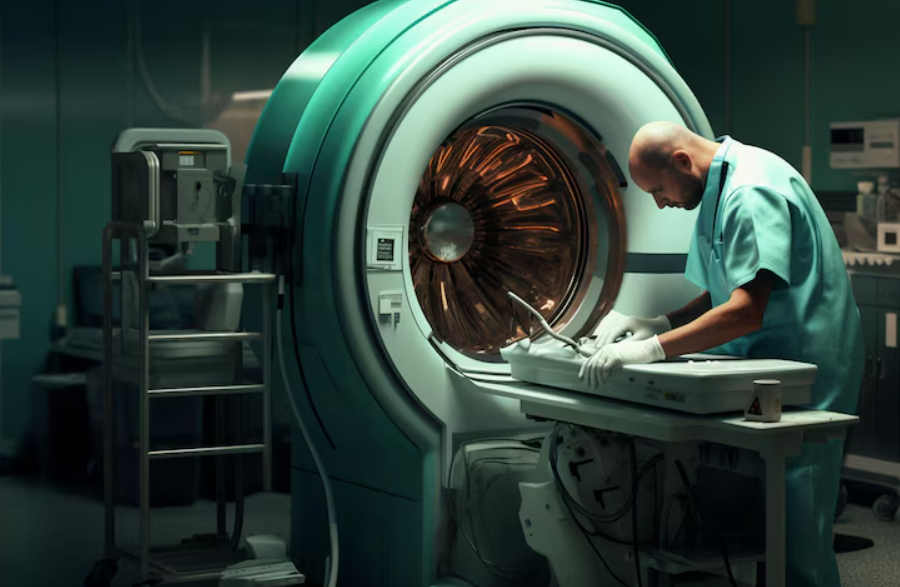Addressing the Shortage of Skilled Nuclear Radiologists: Teleradiology as a Solution
The Current Crisis in Nuclear Radiology
The healthcare industry is facing a critical shortage of skilled nuclear radiologists, which poses a significant threat to timely cancer treatment and care. Only 53% of training programs are at full enrollment, highlighting the urgent need for innovative solutions to address this staffing crisis. This shortage is exacerbated by the rapid increase in demand for nuclear medicine services due to new treatment options, while the supply of trained doctors has not kept pace.
Nuclear Radiologists: The Role of Teleradiology
Teleradiology offers a promising solution to this crisis by enabling nuclear radiologists to interpret scans remotely, thus increasing their flexibility and expanding access to specialized expertise. According to Dr. Mark Crockett, Chief Medical Officer at TeleDaaS, this technology-driven approach can significantly alleviate current staffing challenges and drive progress in the field of radiopharmaceuticals.
Insights from Dr. Mark Crockett

Staffing Crisis in Nuclear Radiology
One of the primary reasons for the staffing crisis is the highly specialized and difficult training required in nuclear medicine. Many doctors opt for related specialties such as diagnostic radiology, which allows them to cover some nuclear medicine duties while also providing a wider range of services. This results in a concentration of the few trained nuclear medicine physicians in academic centers, leaving rural health systems struggling to find qualified doctors.
Challenges in Nuclear Radiologists
Patients in some geographic areas face significant challenges in accessing nuclear medicine experts, complicating their ability to receive specialized treatments and diagnostic imaging. This shortage limits patients’ ability to access necessary nuclear medicine services, particularly for new targeted radiopharmaceutical therapies.
Combating the Crisis with Teleradiology
Teleradiology allows nuclear medicine experts to read scans more efficiently and provide remote guidance. Enabling them to serve a wider geographic area beyond a single hospital. Smaller hospitals without dedicated nuclear medicine staff can access this specialized expertise through teleradiology. Ensuring consistent care across a wide area.
This technology allows nuclear medicine doctors to work more efficiently. Evaluating remote patients when time permits and providing ideal monitoring and guidance even at hospitals lacking on-site nuclear medicine physicians. This expanded reach is crucial given the shortage of these specialized professionals.
Driving Progress in Radiopharmaceuticals
Radiopharmaceuticals deliver radiation directly to cancer cells by binding to specific proteins on their surface, allowing for targeted treatment. This approach is gaining traction with new treatments and increasing excitement as more studies highlight their impact.

Using dosimetry with radiopharmaceuticals is controversial. While many treatments have a standard approved dose. Research indicates that individual patients can safely receive more or are at risk even with standard dosing. Scientific organizations propose that all patients receive dosimetry with their care. Necessitating new ways to extend the reach of nuclear medicine physicians.
Teleradiology can facilitate this by enabling remote review of scans and dosimetry. Generating more data and providing clearer insights into patient outcomes. This expanded data is essential for improving health outcomes and ensuring that more patients benefit from targeted treatment.
Medical Isotope Market Surge
The medical isotope market is projected to surge, driven by growth in targeted cancer treatment and imaging. This growth will create significant workforce challenges that teleradiology can help address. Currently, there are not enough nuclear medicine doctors to provide the level of service needed for new therapies across the country. Teleradiology allows existing specialists to expand their reach, thus providing care for more patients.
Many smaller hospitals lack nuclear medicine expertise, but teleradiology enables them to treat patients with new agents. This technology will be crucial in addressing the expected increase in demand. For nuclear medicine services due to the expansion of targeted radiopharmaceutical therapies.
Conclusion:
The critical shortage of skilled nuclear radiologists presents a significant challenge to the healthcare industry. Particularly in the timely treatment of cancer. Teleradiology offers a viable solution by enabling remote interpretation of scans and expanding access to specialized expertise.
This approach not only addresses the staffing crisis but also drives progress in radiopharmaceuticals and helps manage the projected surge in the medical isotope market. By leveraging teleradiology, the healthcare industry can ensure that patients receive the specialized care they need, regardless of geographic location.

Leave a Reply